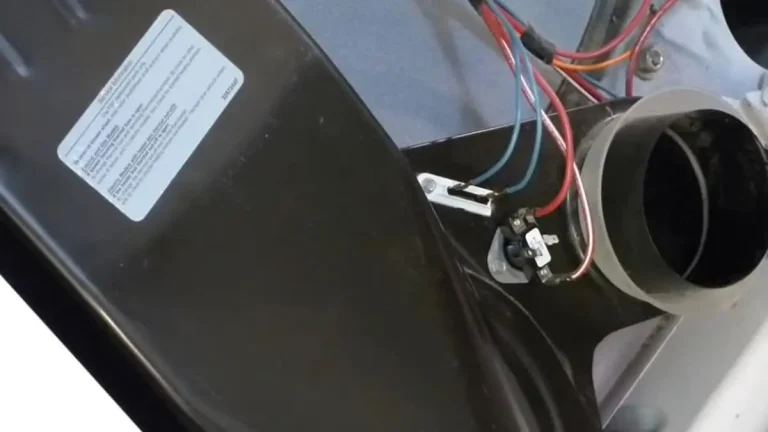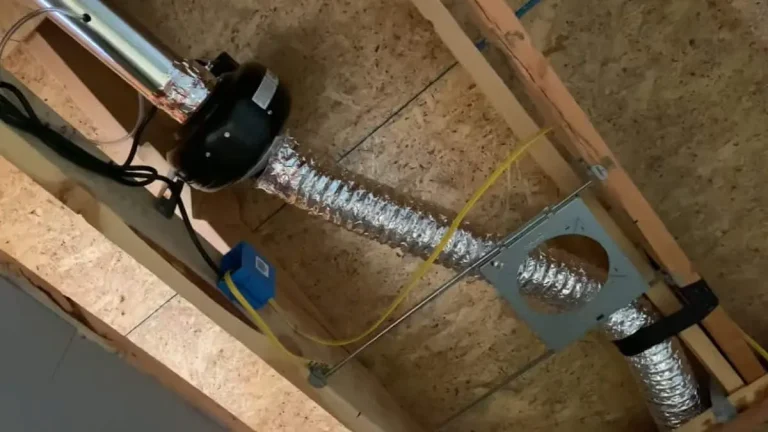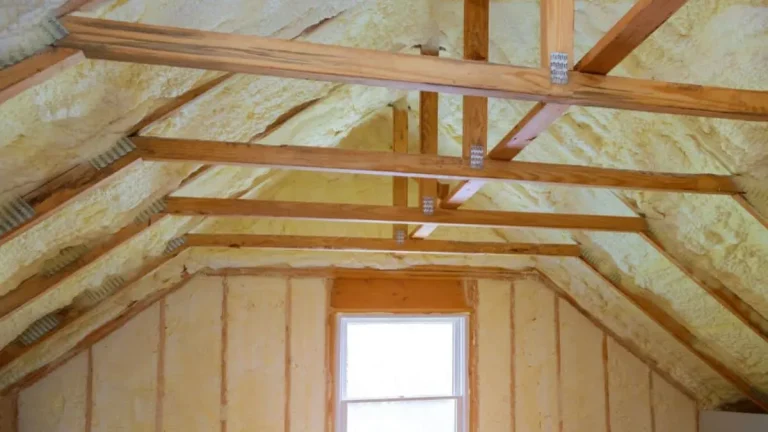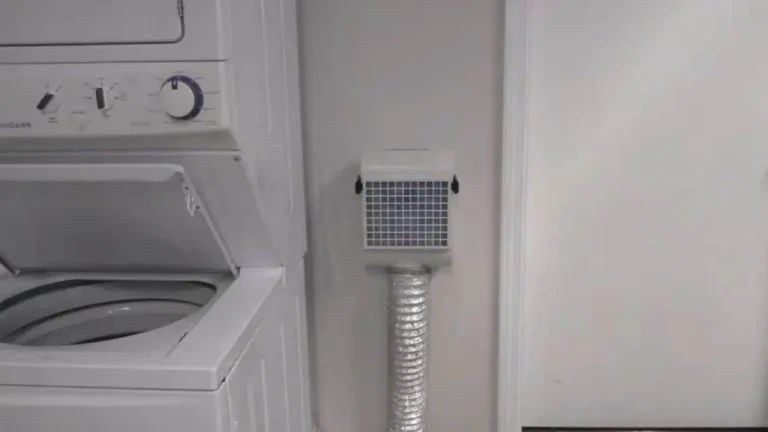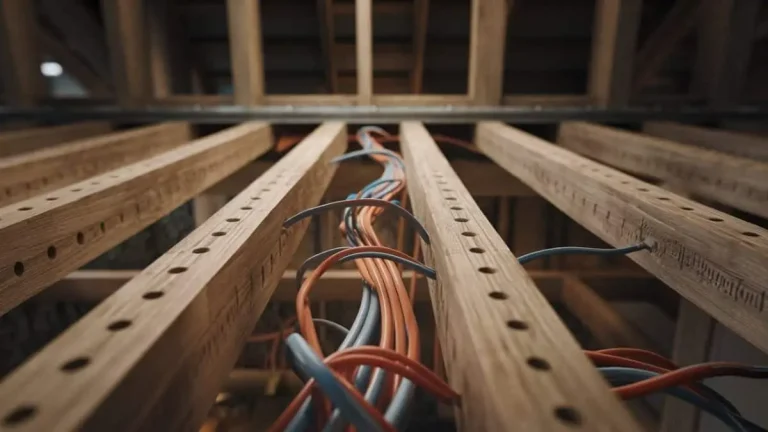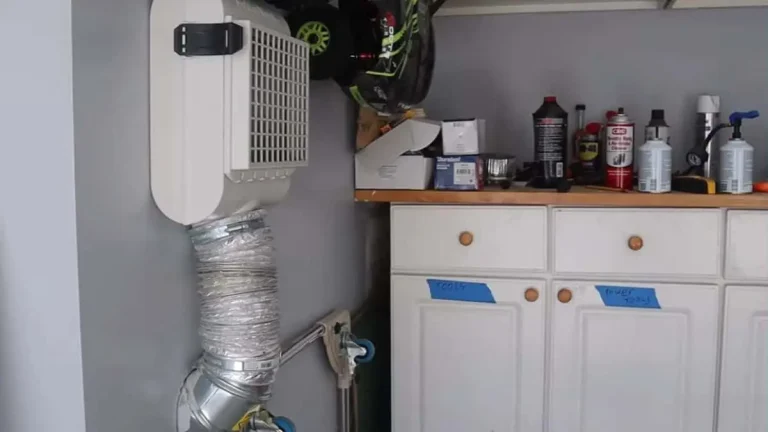Insulation is essential between the basement and the first floor for comfort and energy efficiency. It helps regulate temperature, reduce energy consumption, and prevent moisture buildup, ensuring a comfortable and healthy living environment throughout the house.
When it comes to creating a comfortable and energy-efficient home, one area that should not be overlooked is the insulation between the basement and the first floor.
Moreover, it helps to mitigate moisture buildup, preventing potential mold and mildew issues. Ensuring proper insulation between the basement and the first floor not only enhances overall comfort but also contributes to lower energy bills and a healthier living environment. We will explore the importance of insulation in this area and discuss different insulation materials and techniques to achieve optimum results.
Basement And First Floor Insulation
Proper insulation in this area is essential for maintaining a comfortable and energy-efficient home. Let’s discuss how:
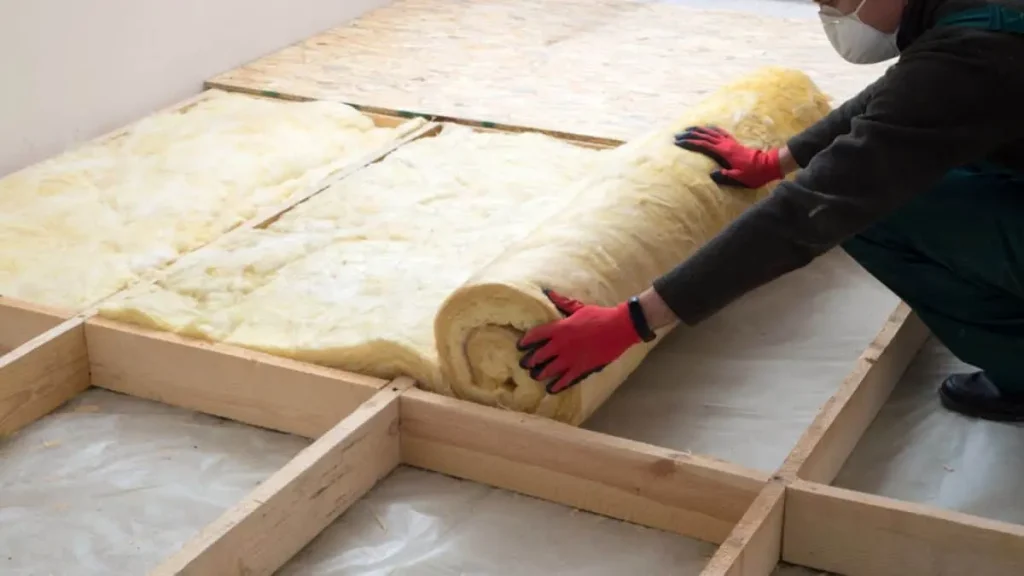
The Importance Of Insulating Between Basement And First Floor
Insulating between the basement and first floor is not just about keeping the temperature regulated; it also helps in soundproofing and moisture control. The basement is often subject to moisture-related issues, such as dampness and mold growth. Insulating this area can create a barrier that prevents moisture from seeping into the living spaces above.
Furthermore, insulation between the basement and first floor helps in reducing heat loss or gain, ensuring that the temperature in your home remains steady and comfortable throughout the year. This is particularly important during extreme weather conditions, as it can significantly reduce energy bills by eliminating the need to constantly run the heating or cooling systems.
Benefits Of Basement And First Floor Insulation
Insulating between the basement and first floor offers several benefits that go beyond temperature regulation and moisture control. Here are some of the key advantages:
- Enhanced Energy Efficiency: Proper insulation minimizes heat transfer, making it easier to maintain a consistent temperature in your home. This, in turn, reduces the strain on your HVAC system and helps lower energy consumption.
- Noise Reduction: Insulation acts as a sound barrier, reducing the transmission of sound between the basement and the first floor. This is particularly beneficial if you have a playroom, an office, or a bedroom on the first floor.
- Improved Comfort: Insulation helps to eliminate drafts and cold spots, resulting in more comfortable living spaces throughout your home. You’ll no longer have to deal with chilly floors or rooms that feel excessively warm or cool.
- Increased Property Value: A well-insulated home is a valuable asset in the real estate market. By investing in basement and first-floor insulation, you can potentially increase the resale value of your property.
Considerations When Insulating Between Basement And First Floor
Before embarking on the insulation project, consider the following factors:
- Moisture Control: Address any existing moisture issues in the basement before installing insulation. Consult with a professional to ensure proper waterproofing measures are in place.
- Insulation Materials: Choose insulation materials that are suitable for your specific needs. Consider factors such as insulation R-value, fire resistance, and eco-friendliness when making your selection.
- Venting and Air Circulation: Ensure proper ventilation and air circulation between the basement and the first floor. This helps prevent the buildup of stale air and promotes a healthy indoor environment.
- Professional Assistance: If you are unsure about the insulation process or want to ensure the best results, consider seeking help from an experienced insulation contractor. They can provide guidance and ensure the proper installation of insulation.
Types Of Insulation For Basements
There are various types of insulation available, such as foam boards or spray foam, that can effectively seal and insulate this area, ensuring a comfortable and well-insulated home. The right choice will depend on factors such as your budget, the climate in your area, and the desired level of insulation. Here, we will explore three popular types of insulation for basements:
Fiberglass Insulation
Fiberglass insulation is one of the most common types used in residential buildings. It consists of tiny glass fibers that trap air, creating a layer of insulation. This type of insulation is affordable, easy to install, and widely available.
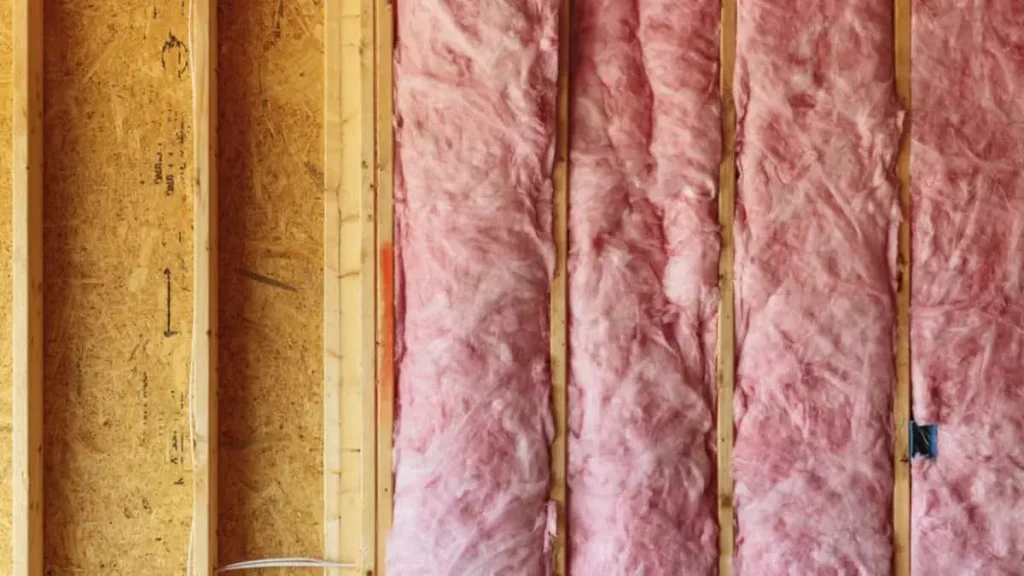
Here are some key benefits of using fiberglass insulation in your basement:
- Excellent thermal performance: Fiberglass insulation has a high R-value, meaning it provides effective thermal resistance to heat transfer.
- Soundproofing capabilities: Due to its dense composition, fiberglass insulation can help reduce noise transmission between different areas of your home.
- Fire-resistant: Many fiberglass insulation products are treated with fire-resistant additives, increasing the safety of your home.
- Moisture resistance: Fiberglass insulation does not absorb moisture, preventing the growth of mold and mildew.
Spray Foam Insulation
Spray foam insulation is a versatile option that can be applied directly to the walls, floors, and ceiling of your basement. It is made by mixing two liquid components that expand and harden into a foam-like substance. This type of insulation provides an airtight seal, improving energy efficiency and preventing drafts.
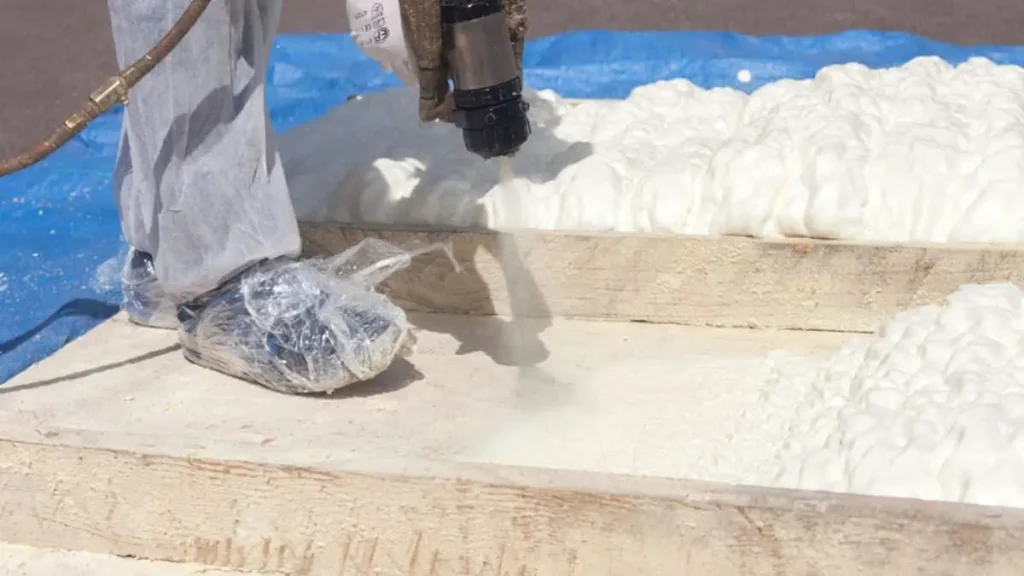
Here are some advantages of using spray foam insulation in your basement:
- Superior insulation performance: Spray foam insulation has a high R-value and eliminates gaps and cracks, ensuring maximum insulation.
- Moisture and vapor barrier: The closed-cell structure of spray foam acts as a barrier against moisture infiltration, reducing the risk of water damage and mold growth.
- Improved indoor air quality: Spray foam insulation minimizes the entry of allergens and pollutants from the outside, creating a healthier indoor environment.
- Long-lasting: Once applied, spray foam insulation can last for several decades without losing its effectiveness.
Rigid Foam Insulation
Rigid foam insulation, also known as foam board, is a lightweight and durable option for basement insulation. It is typically made from polystyrene or polyisocyanurate foam and comes in rigid panels or sheets. Rigid foam insulation provides excellent thermal performance and can be installed on both the interior and exterior of basement walls.
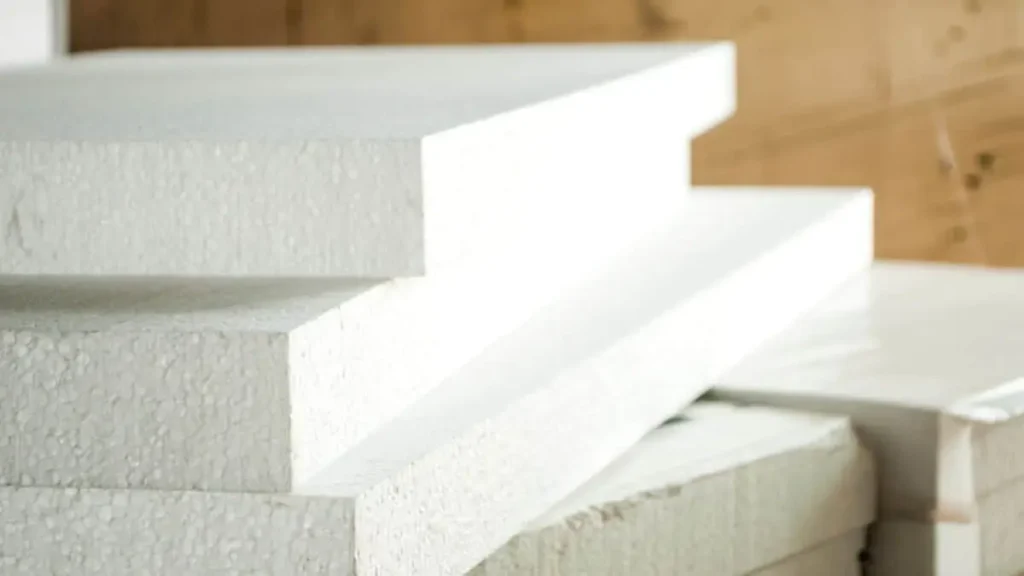
Here are some reasons to consider using rigid foam insulation in your basement:
- High insulating value: Rigid foam insulation has a high R-value per inch, making it an effective choice for reducing heat loss or gain.
- Water resistance: Unlike other insulation materials, rigid foam is resistant to water infiltration, preventing damage caused by moisture.
- Increased structural stability: The rigid panels can add extra strength and stability to your basement walls, potentially reducing the risk of cracks or settling.
- No off-gassing: Rigid foam insulation is free from harmful chemicals that can off-gas into your home, ensuring a healthier living environment.
How to Insulate Between Basement and First Floor
Insulate your basement and first floor with our easy installation process. Improve energy efficiency and create a comfortable living space.
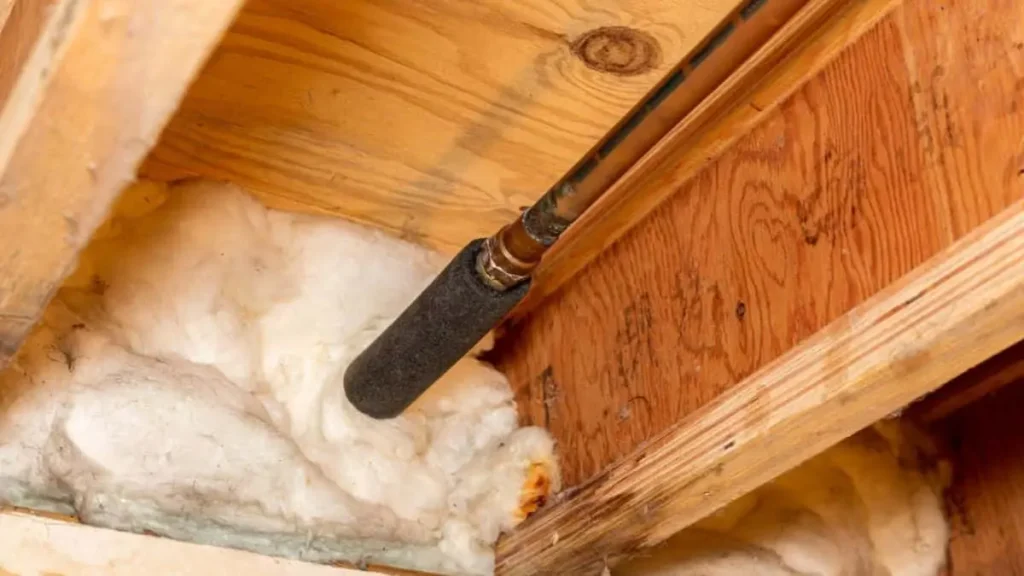
Preparing The Area For Insulation
Before installing insulation between the basement and first floor, it is crucial to prepare the area properly. This step ensures that the insulation will be effective in providing thermal efficiency and soundproofing. Here are a few important steps to follow for preparing the area:
- Clear the area: Remove any objects or debris that might obstruct the installation process. This includes furniture, boxes, and any loose items.
- Inspect for leaks: Check for any signs of water leakage in the basement. Fixing any leaks or moisture issues before insulation is essential to prevent future damage to the insulation material.
- Seal cracks and gaps: Carefully examine the area for any cracks or gaps in the walls, floors, or ceilings. Seal these openings to prevent air leakage and ensure the insulation’s effectiveness.
- Prepare the surface: Clean the surfaces where the insulation will be installed. Remove any dirt, dust, or mold, as they can affect the adherence and efficiency of the insulation material.
Choosing The Right Insulation Material
Selecting the appropriate insulation material is crucial for achieving optimal energy efficiency and comfort in your home. Here are some options to consider:
| Insulation Material | Benefits | Considerations |
| Fiberglass | Excellent thermal performanceResistant to moisture and mold growthCost-effective | Can cause skin irritation if proper precautions are not taken during installationMay settle over time, reducing its effectiveness |
| Spray Foam | Provides an airtight seal, reducing air leakageOffers excellent insulation valueHelps prevent moisture intrusion | Requires professional installationCan be more expensive than other materials |
| Cellulose | Made from recycled materialsGood thermal and sound insulationResistant to pests | Requires proper moisture control to prevent mold or rotCan settle over time, reducing its effectiveness |
Installation Methods For Basement And First Floor Insulation
There are various installation methods you can choose from when it comes to insulating the area between the basement and first floor. Here are a few commonly used methods:
- Batts or Rolls: Fiberglass batts or rolls are popular options for insulating this area. They are available in standard sizes and can be installed by placing them between the wall studs, floor joists, or ceiling rafters.
- Spray Foam: This method involves using an expanding spray foam insulation to fill gaps and create an airtight seal. It is an efficient option for sealing hard-to-reach areas and irregular surfaces.
- Blown-In Insulation: Cellulose or fiberglass blown-in insulation can be used to fill wall cavities, providing even coverage and effective insulation.
Remember to consider factors such as your budget, insulation efficiency, and the specific requirements of your home when choosing the insulation material and installation method. Proper installation ensures that you maximize the benefits of a well-insulated basement and first floor, improving energy efficiency and overall comfort.
Cost Considerations
Before embarking on this insulation project, it’s essential to consider the cost implications. Several factors can influence the cost of insulation, and accurately estimating these expenses is crucial to planning your budget effectively. Let’s delve into each of these aspects in more detail.
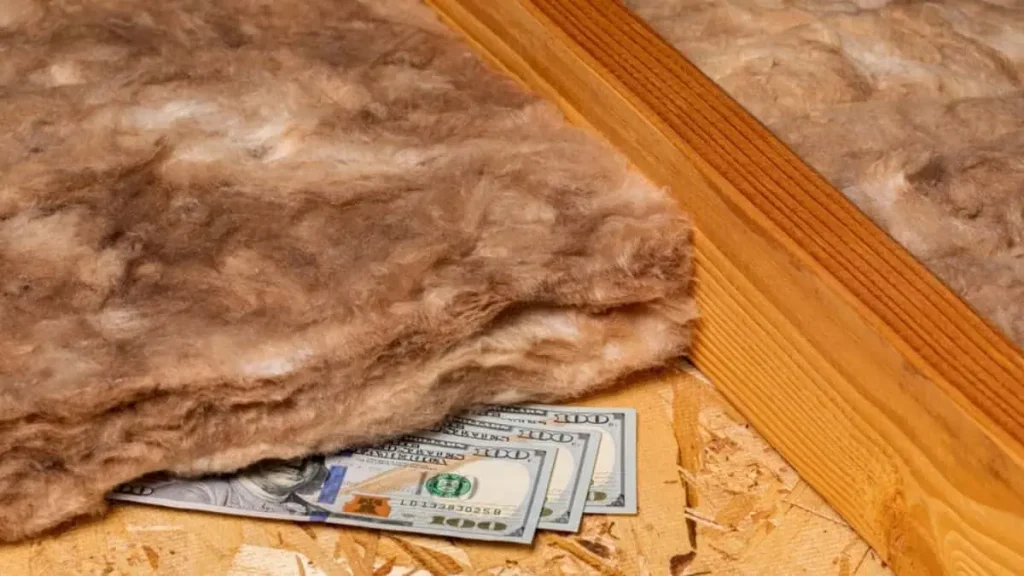
Factors That Affect The Cost Of Insulation
The cost of insulating the space between your basement and first floor can vary depending on various factors, such as:
- Size of the area: The larger the area requiring insulation, the more materials and labor will be needed, resulting in higher costs.
- Type of insulation: There are different types of insulation materials available, each with its own cost. Factors such as R-value, effectiveness, and durability can affect the price.
- Accessibility: Ease of access to the space can impact the complexity of the installation process. If the area is difficult to reach, additional labor and specialized equipment may be required, increasing the overall cost.
- Additional work required: Depending on the condition of the space, additional work such as air sealing or moisture control might be necessary. These extra tasks can add to the overall cost of the insulation project.
- Professional installation: While you may consider installing the insulation yourself to save money, hiring a professional can ensure the job is done correctly and efficiently, although this will incur additional labor costs.
Estimating The Cost Of Insulation Between Basement And First Floor
Estimating the cost of insulating the space between your basement and first floor can help you set a realistic budget. While actual costs may vary depending on your location and specific project requirements, the following table provides a general overview of potential costs:
| Type of Insulation | Approximate Cost Range per Square Foot |
| Spray Foam | $2.00 – $3.50 |
| Batt/Blanket Insulation | $0.50 – $1.50 |
| Rigid Foam Insulation | $1.00 – $2.00 |
Cost range is approximate and may vary depending on various factors.
Keep in mind that the table above only represents the cost of insulation materials themselves. Additional expenses, such as labor costs, can increase the overall investment required for the project.
Return On Investment And Energy Savings
Investing in insulation between your basement and first floor offers immediate benefits and long-term savings. By reducing heat loss and minimizing air leaks, proper insulation can lead to valuable energy savings. Although the initial cost may seem significant, it’s essential to consider the return on investment over time.
Energy-efficient insulation can result in substantial savings on your heating and cooling bills, lowering your overall energy consumption and expenses. Additionally, improved insulation can enhance the resale value of your home, making it a valuable investment in the long run.
Insulation Tips And Best Practices
Now, we will explore some essential tips and best practices for insulating between your basement and first floor.
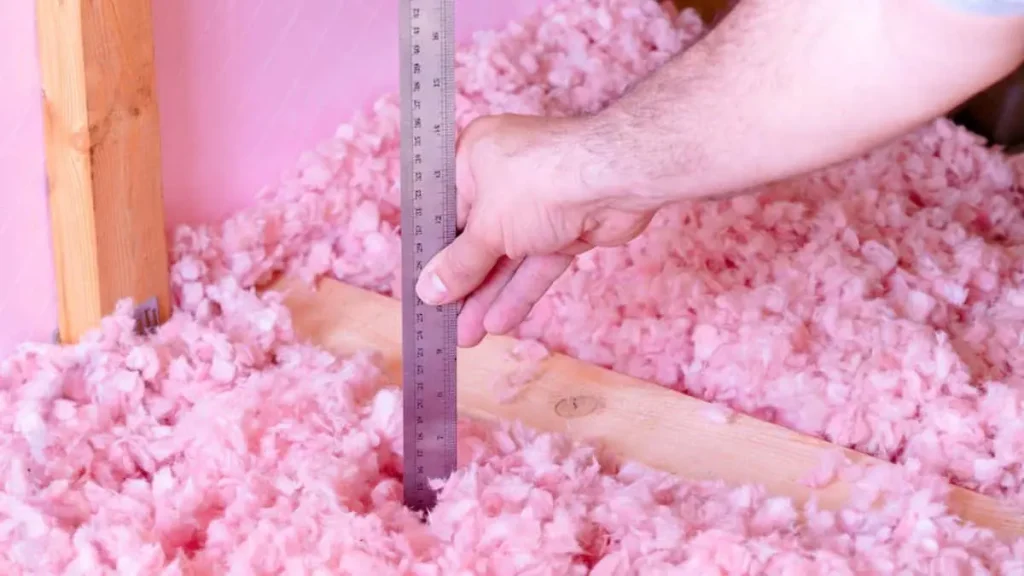
Sealing Air Leaks
Addressing air leaks is the first step in creating an energy-efficient barrier between your basement and first floor. Air leaks can lead to heat loss in winter and heat gain in summer, thereby compromising the effectiveness of your insulation. To effectively seal air leaks:
- Inspect the area thoroughly for gaps, cracks, and openings in walls, windows, and door frames.
- Use caulk or weatherstripping to seal any noticeable gaps or cracks.
- Install door sweeps or thresholds to prevent air leakage at the bottom of doors.
- Consider using foam sealants or expandable spray foam to seal larger gaps or penetrations.
- Don’t forget to insulate any attic door or hatch located in this area.
Insulating Around Plumbing And Electrical Penetrations
Plumbing and electrical penetrations can provide an avenue for air leakage and energy loss. It’s vital to insulate around these penetrations to maintain proper insulation integrity. Here’s how:
- Expanding foam or caulk seal gaps around pipes entering or exiting walls.
- Insulate around electrical outlets and switch boxes using foam gaskets or pre-cut foam outlet insulation.
- Ensure any electrical or plumbing penetrations through insulation materials are properly sealed to prevent air leakage.
- Consider installing draft stoppers on the backside of electrical outlets and switch plates to prevent air infiltration.
Proper Ventilation And Moisture Control
In addition to insulation, maintaining proper ventilation and moisture control is crucial in the basement to prevent mold growth and ensure indoor air quality. To achieve this:
- Install exhaust fans or dehumidifiers to control humidity levels in the basement.
- Ensure all bathroom and kitchen exhaust fans vent outside and not into the basement area.
- Consider installing a heat recovery ventilator system to improve air circulation and remove stale air.
- Inspect and repair any water leaks or plumbing issues immediately to prevent moisture buildup.
Common Mistakes To Avoid
When it comes to insulating between your basement and first floor, there are a few common mistakes that homeowners often make. These mistakes can lead to inadequate insulation, energy loss, and even potential moisture-related issues. In this section, we will discuss three significant mistakes you should avoid to ensure proper insulation coverage and energy efficiency.
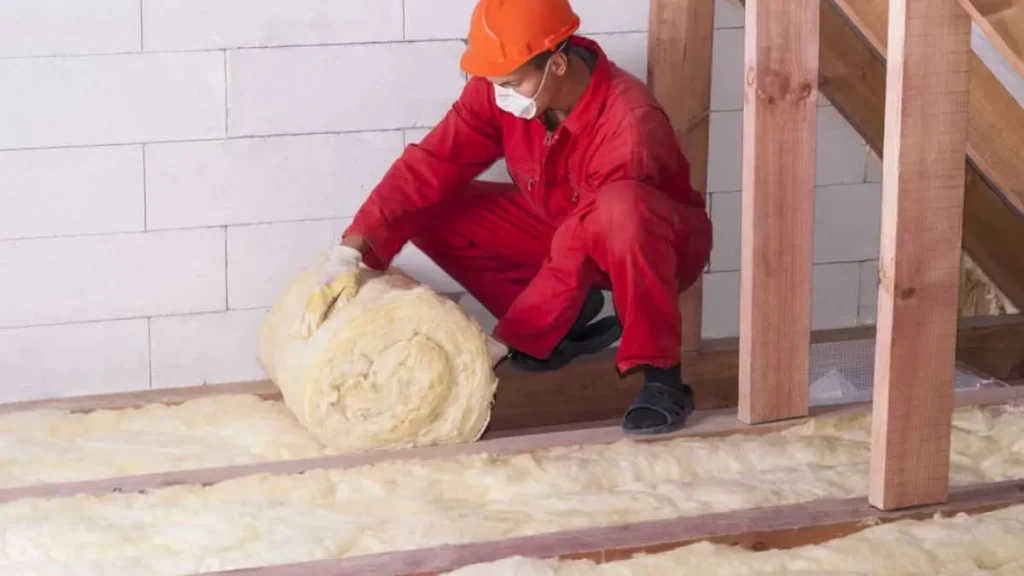
Incomplete Insulation Coverage
One of the most critical mistakes homeowners make is incomplete insulation coverage. This occurs when insulation is not installed correctly or is missing in certain areas. Incomplete insulation coverage can lead to heat loss during the winter and heat gain during the summer, resulting in uncomfortable living conditions and increased energy bills.
To avoid this mistake, it is essential to thoroughly inspect the insulation installation to ensure it covers all areas between the basement and first floor. Take the time to check corners, gaps, and other potential spots where insulation may be missing. Properly sealing and insulating these areas will help create a tight thermal envelope, which is crucial for energy efficiency.
Using Incorrect Insulation Materials
Another common mistake homeowners make when insulating between the basement and first floor is using incorrect insulation materials. Not all insulation materials are suitable for this particular application, and using the wrong one can compromise the effectiveness of the insulation.
Before starting the insulation project, it is crucial to research and choose the right insulation material for this specific purpose. Some popular options include foam insulation boards, spray foam insulation, and fiberglass insulation. Each material has its benefits and considerations, so make sure to consult with a professional or do thorough research to select the most appropriate option for your home.
Ignoring Proper Vapor Barrier Installation
Proper vapor barrier installation is often overlooked but is crucial for preventing moisture-related issues in the basement and first floor. Without a vapor barrier, moisture can seep through the insulation and walls, leading to mold growth, rotting, and potential structural damage.
When installing insulation, it is essential to incorporate a vapor barrier to prevent moisture from passing through. A vapor barrier can be in the form of a plastic sheet or a specialized vapor barrier product. Ensuring proper installation of the vapor barrier will effectively protect your home from moisture-related problems and maintain a healthy indoor environment.
Conclusion
Insulating between your basement and first floor is a crucial step in boosting your home’s energy efficiency. By choosing the right type of insulation and ensuring proper installation, you can enjoy a more comfortable living environment, lower energy bills, and improved overall home performance.
Whether you decide to tackle the project yourself or hire a professional, the benefits of a well-insulated home are well worth the investment.

